The day I had been eagerly awaiting had finally arrived – time for the biennial Town Belt Traverse, hosted by the Dunedin Amenities Society. I’d missed out on the event last time, so I was determined to make this one!
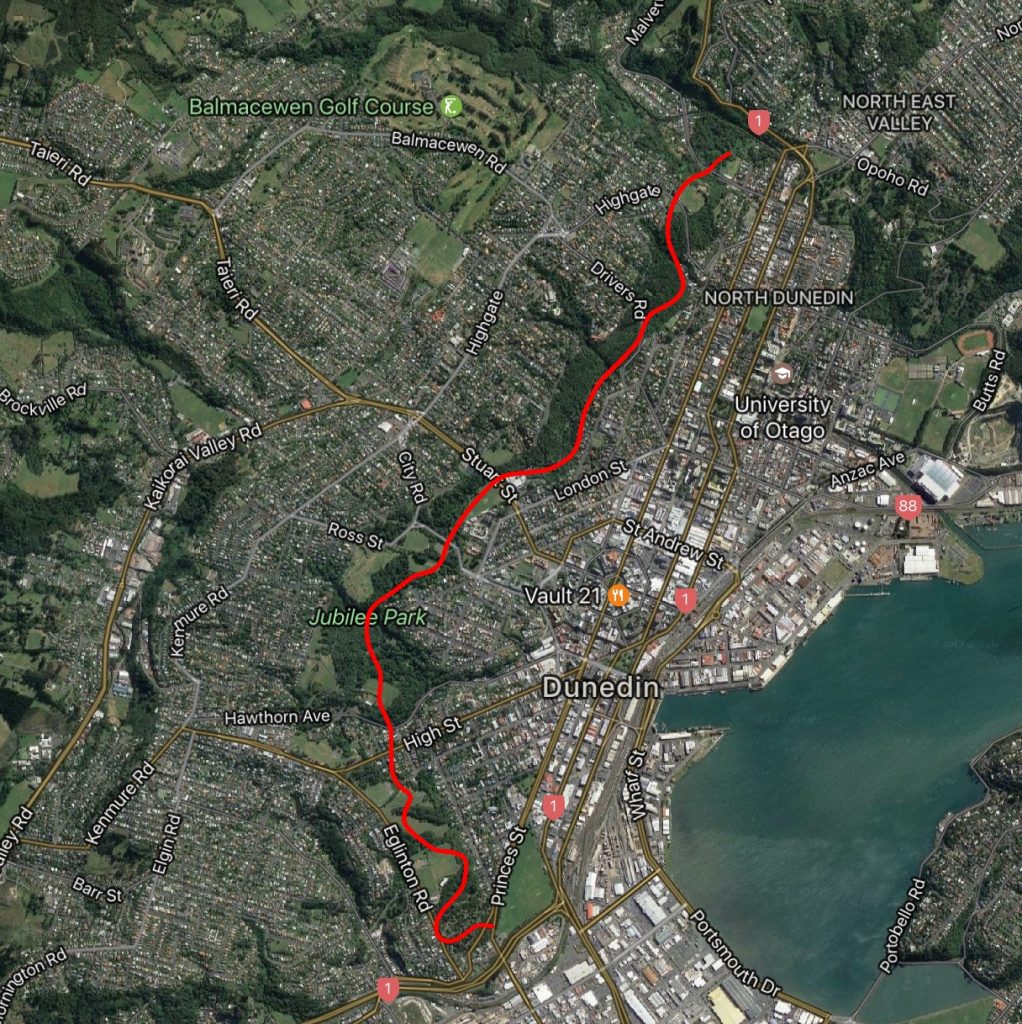
I met up with my fellow followers of Lisa’s Wellness Journey at the Southern Cemetery start point. After posing for a photo, we joined the rest of the 900-strong throng and began our 8.2km journey, picking up a complimentary info sheet and Creme egg each.
This cemetery, established in 1858, is Dunedin’s oldest major cemetery and hosts about 22,639 souls. Passing through I couldn’t help but feel the pressure of those thousands of untold stories, more than I could tell in a lifetime. The only one I’ve even touched on so far is that of Johnny Jones.
But there was no time to hang around today, and we emerged on to Eglinton Rd – but not for long, as we turned off at the Zingari Richmond Football Club, through a tunnel of autumnal trees and then up a grassy slope before reaching Unity Park. This ground was first used for cricket and soccer, had a stint as a rubbish dump, and then was laid out again for football and cricket.
Our first waypoint was at the Admiral Byrd Memorial, erected in 1967 in honour of the Antarctic explorer who used Dunedin as a staging point for his expeditions. Here we obtained our first stamp of the journey as proof of our progress.
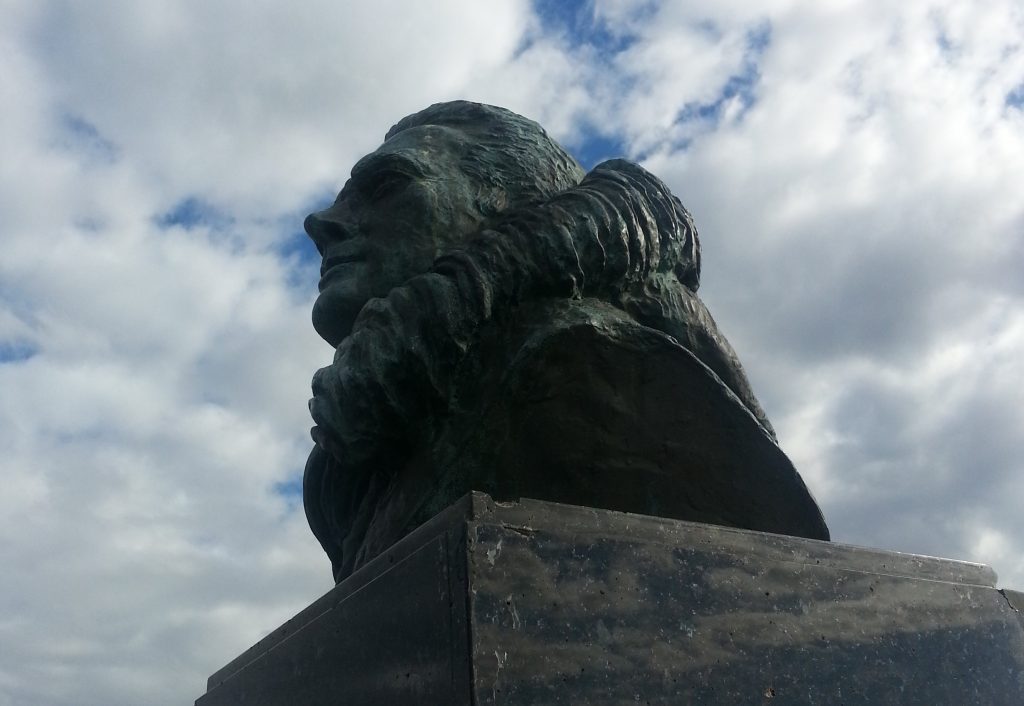
Then we headed down to Alva St and past the old High Street School, now home to co-housing developers. Across Serpentine Ave we entered the forested Jubilee Park. Once a camp site for miners passing through Dunedin to the gold fields, it was later leased out for grazing and became known as Tomlinson’s Paddock. It finally came into its own during Queen Victoria’s jubilee in 1887, when it was transformed into a garden encompassing all the corners of the British Empire – which is why passers-through may spot rarely-seen exotic trees such as huge redwoods.
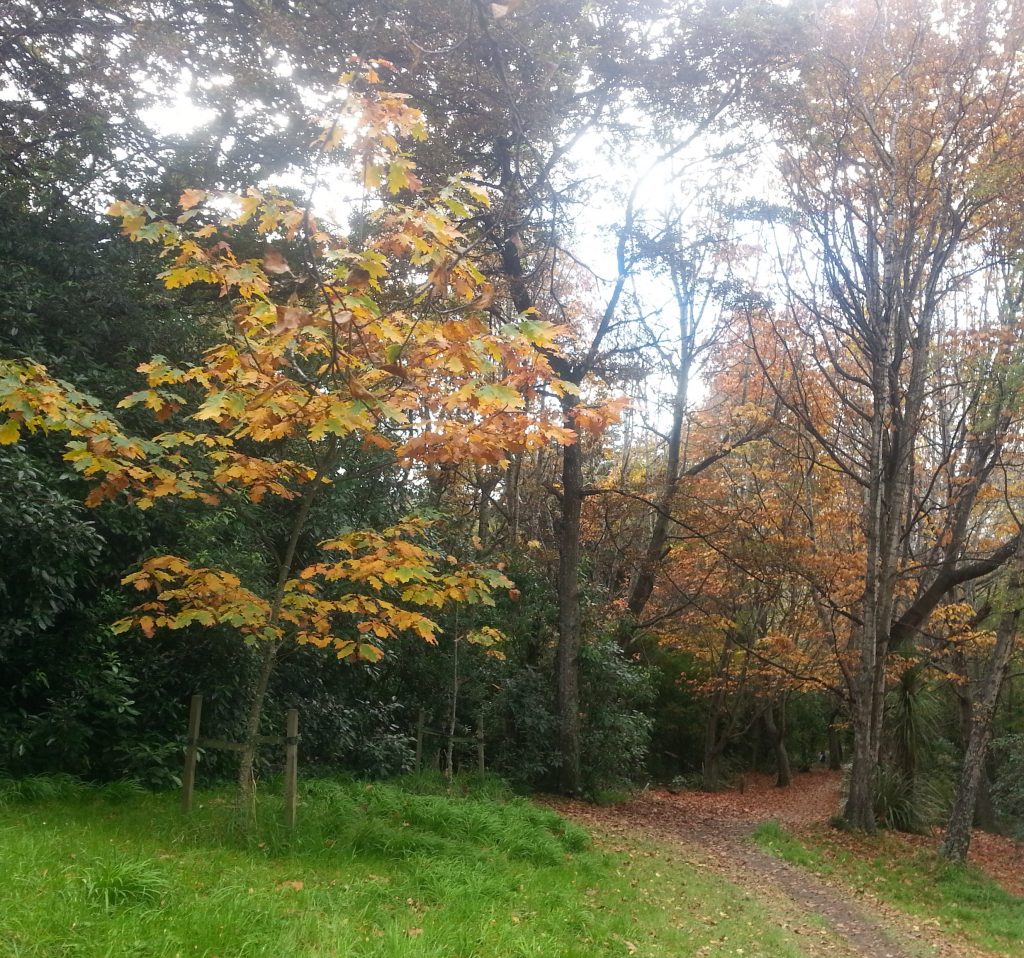
This work lead directly to the creation in 1888 of the Dunedin Amenities Society, which continues to bring us such gems as this traverse, the gardens at the Railway Station, and Craigieburn.
After looping through the park we crossed Maori Rd, named for the political prisoners whose hard labour contributed to many works that Dunedin citizens now take for granted. The Amenities society have proposed a memorial area be created so that their time here can be properly remembered.
After a challenging staircase, we wound our way down the peaceful Queens Drive, hearing the occasional note of native bird song, a precious thing within the city bounds.
As we turned off up a steep path toward Robin Hood Park I felt a sudden pain in my thigh and discovered a wasp busily turning me into a pincushion. After calling Dad to remove the vicious wee beastie (you are never too old to be rescued by your dad) I waited anxiously for my immune system to respond. Luckily, I appear not to be allergic to wasp stings today, despite having reacted as a child. Ironic that I managed to dodge several thousand wasps around Lake Rotoiti only to suffer an unprovoked attack in my home city.
Luckily I was able to rest on the conveniently-placed bench commemorating Robert Gilkison, a prominent lawyer, author and city councillor of early Dunedin.
Once I’d recovered from the trauma we continued up to Robin Hood Park and the Beverly Begg Observatory, which was established in 1922 and upgraded in 2008.

The observatory was open and we had a brief peek inside before moving on. Below we found our third way point and a sign detailing the history of this park, which was used during the gold rush as as a camp for the soldiers tasked with keeping order in the city during the boom. At the turn of the 20th century it became a firing range in the run-up to the First World War.
We passed the Queens Lookout which commemorates the visit of Queen Elizabeth II in 1954 (though the view is somewhat spoilt by an intruding pine) and made our way across Rattray St and into Littlebourne Grounds at the back of Otago Boys High School. This ground had once been occupied by the precursor of Seacliff Lunatic Asylum, the Littlebourne Asylum. It was the residents of this asylum who first excavated the flat playing field below in 1875.
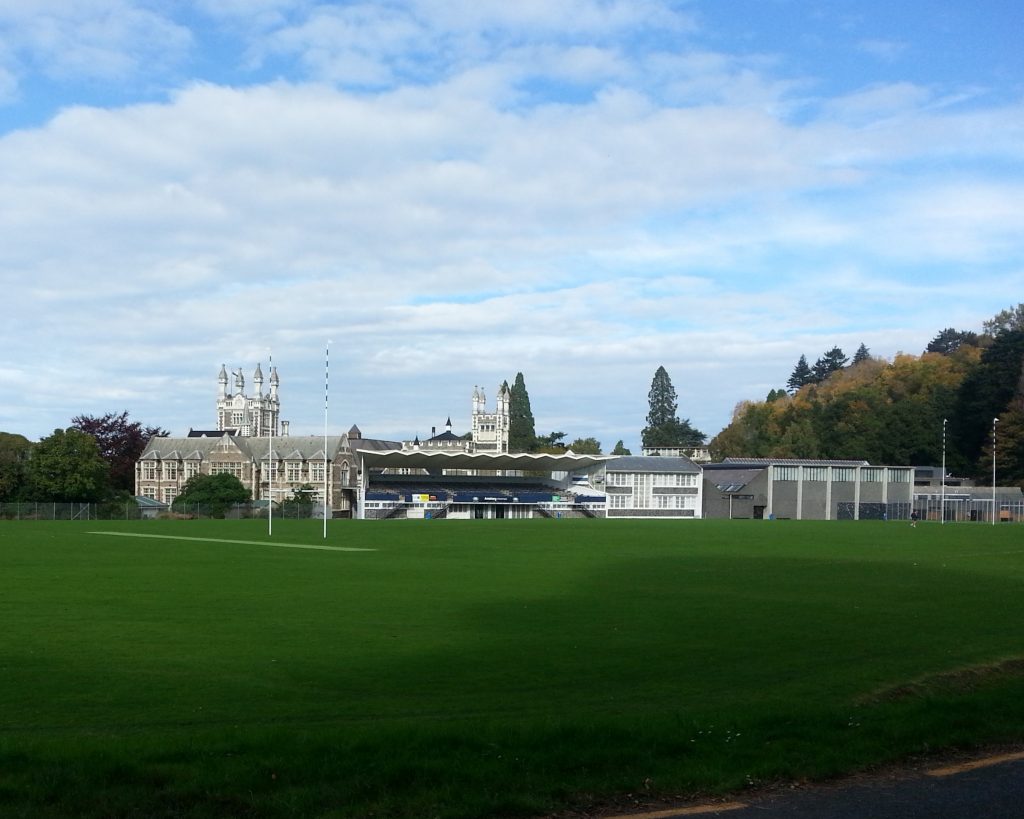
We crossed Stuart St and continued along Queens Drive past Moana Pool, breathing in the chlorine smell of childhood swimming days.
Through the bush we meandered until we reached Cobden St and Dunedin’s famous Olveston House, unfortunately obscured by the autumnal trees crowding its garden. Today was my opportunity to get closer than I’d ever been to 35-roomed manse as the grounds were open for us to receive our penultimate stamp.
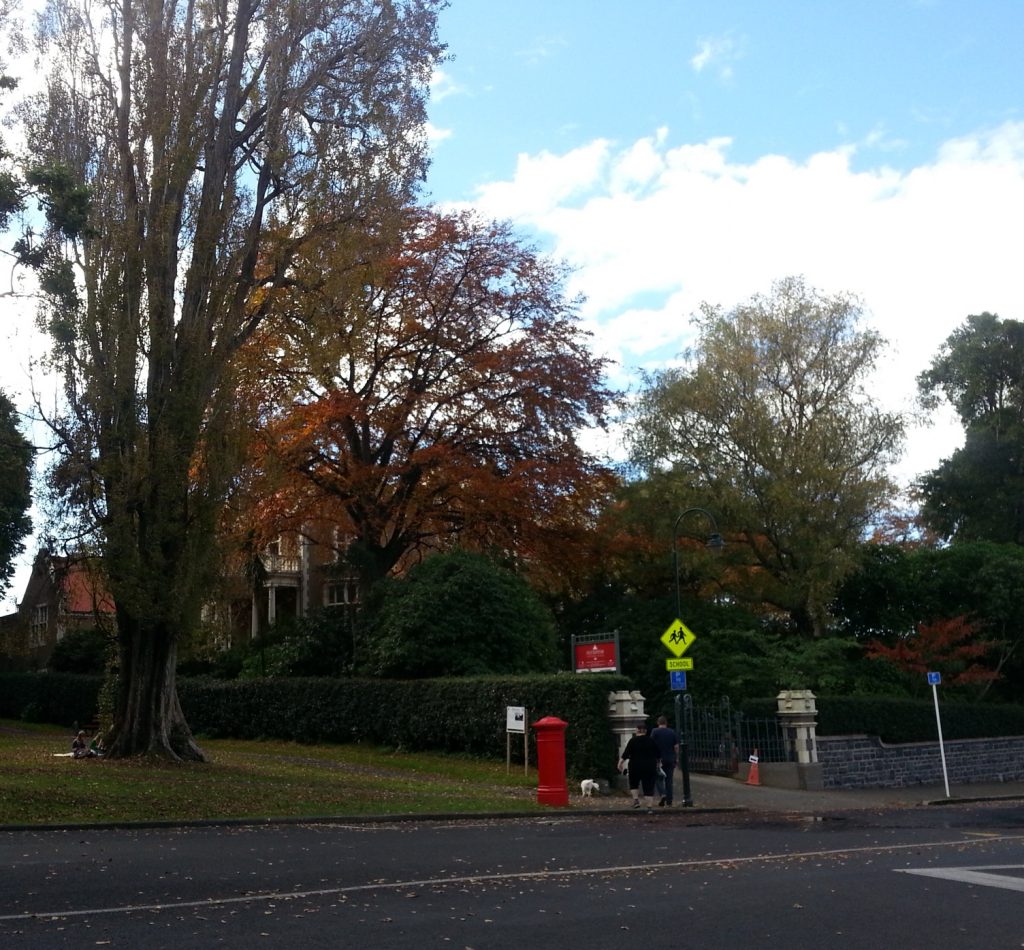
The stately house was built in 1904 by David Theomin, a founding member of the Dunedin Amenities Society, and gifted to the city in 1966 by his daughter. Now tens of thousands of visitors traipse through its elegant halls each year.
We saw only the garden today, poking our heads into the greenhouse before returning to Queens Drive, entering the wilder northern half of the Town Belt. We passed Duchess Avenue, with trees planted by William Thomson, an early Amenities Society member who is memorialised by a plaque on the corner near Olveston.
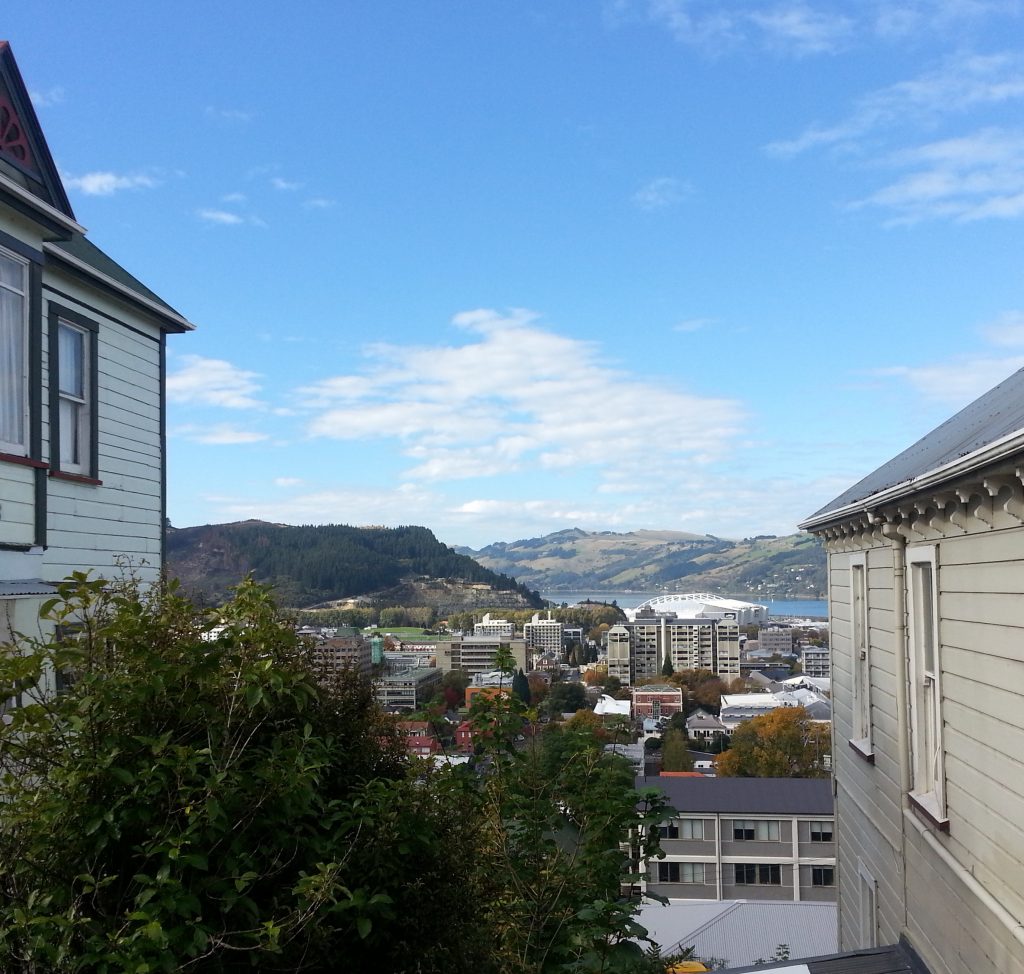
Finally we reached the northern end of Queens Drive at Prospect Park where we received our final stamp and were regaled with poetry. Not as odd as it might first seem, as the views here once inspired poet and Landfall journal founder Charles Brasch. Moving on we came to the literal end of the road but were able to continue down the “Bullock Track”, a narrow path which leads down to Leith Valley and may or may not have actually ever been a real bullock track.
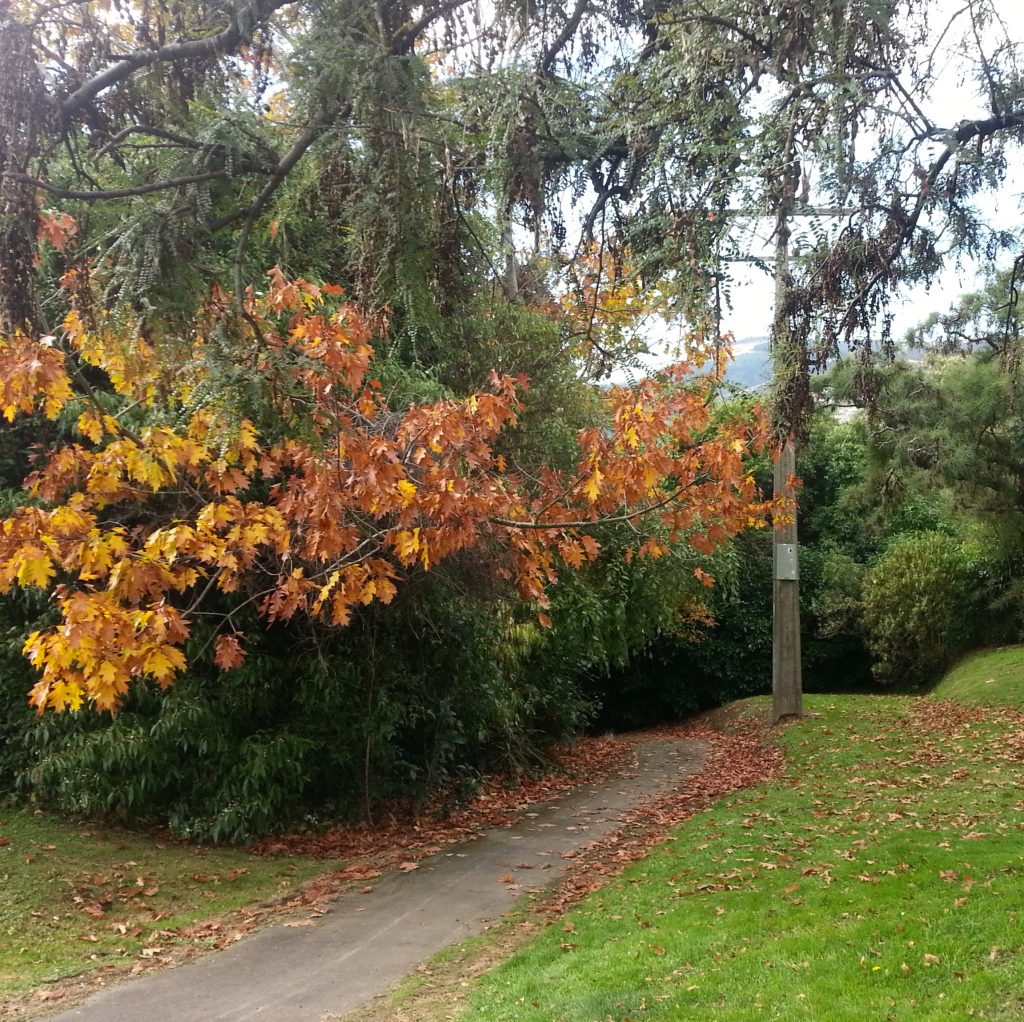
Emerging on to the flat, all that remained was for us cross Malvern St before finally reaching our Woodhaugh Garden destination. The reward for our 8.2km trek was a free sausage and hot beverage of our choice while we perused the stalls hosted by various community groups and waited for prize giving time to roll round.
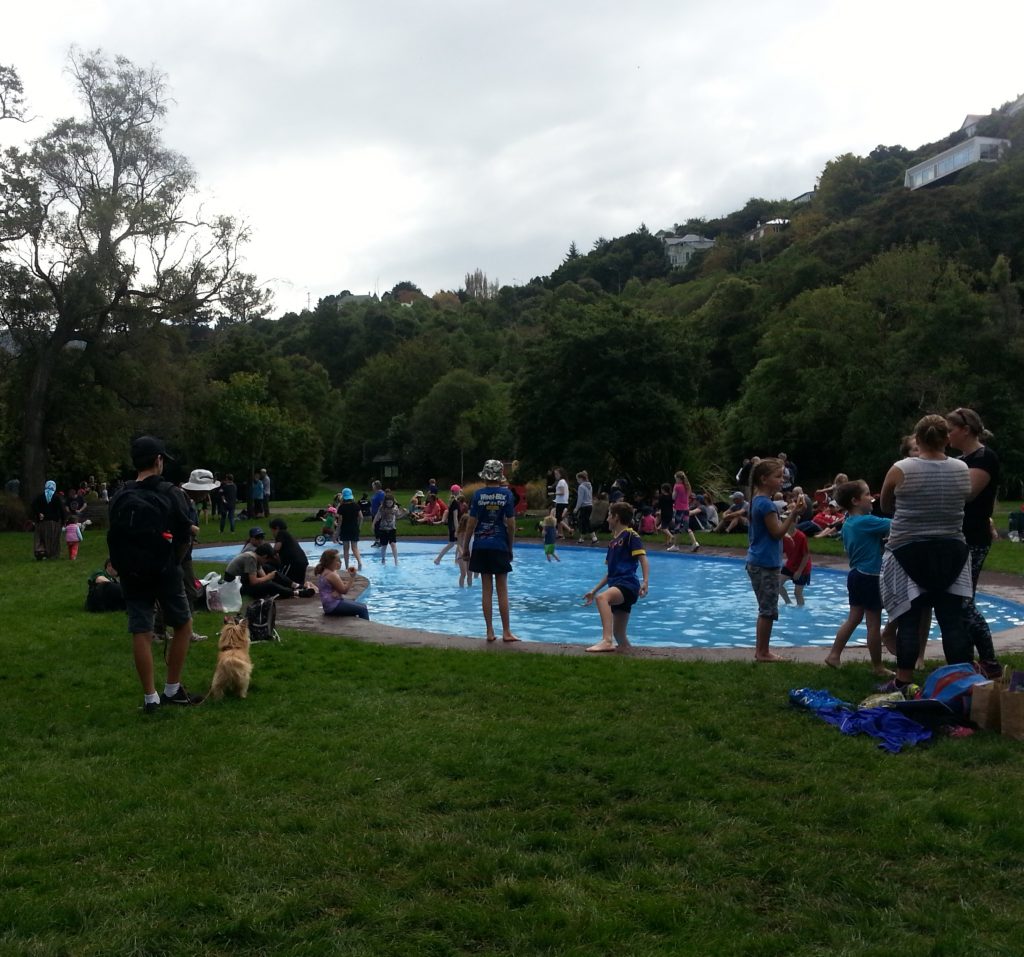
Once the party was over we caught a lift back to the Southern Cemetery with the Otago Heritage Bus Society, who had brought out a couple of their buses for the occasion.
Back where we started we farewelled our friends and promised to be back again in two years time. Then it was time to rest our tired legs in front of a roaring autumn fire and think on all that we’d learned about our fantastic town belt and the people who care for it.
References:
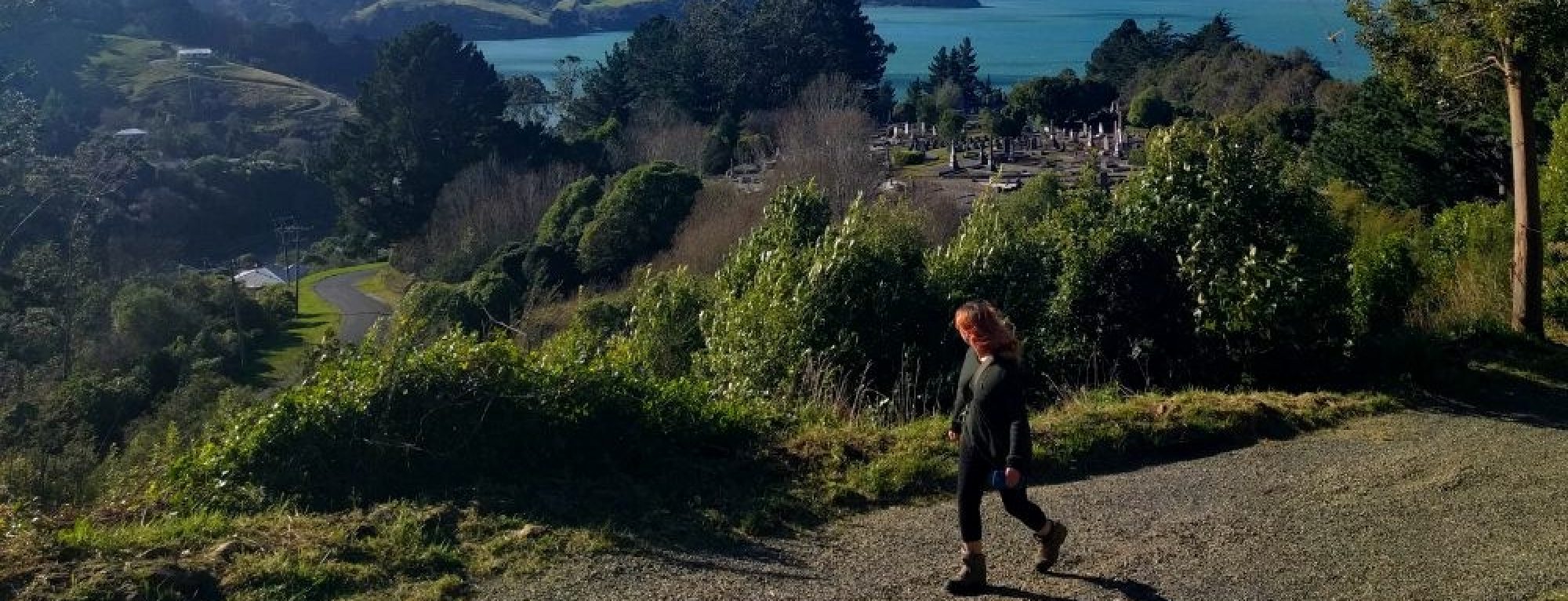


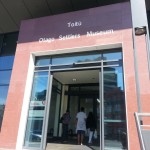
Reading your blog is like doing the walk with you! You can explore the Olveston garden for free – https://www.odt.co.nz/lifestyle/home-garden/olveston-garden-worth-visit
Have you really not visited Olveston yet? That’s something to look forward to.
Olveston was gifted to the city by Dorothy Theomin in 1966 and thankfully had people willing to take care of it, so it has survived. Unlike another grand house gifted to the city! Earlier on the walk, you passed the sheds and garage of John Roberts’ house “Littlebourne”. The first owner of this property was Charles Kettle (1821–62), Chief Surveyor of the Otago settlement, who named it after his birthplace in Kent. Mr Kettle’s daughter Louisa married John Roberts in 1870.
The connection with Olveston is, of course, that Sir John was the Theomin family’s neighbour for 9 years. In 1890 he sold that property to the Theomins and moved to the newly-built 30-room Littlebourne House.
When Sir John died in 1934, his children gave the house and grounds to the City as the Governor-General’s Dunedin residence… from 1938 it was used for student accommodation. Then in 1942 the house was occupied by the Army for the duration of World War II. For 5 months in 1946 it was headquarters for resettlement of Dutch refugees from Indonesia (the Netherlands sent 18,000 flower bulbs as a thank-you gift). It then became a boarding house for married
ex-service students.
But in 1946 the Council decided to extend Stuart St through the Town Belt to Kaikorai Valley and in 1949 Littlebourne House was demolished. Luckily for us, Olveston’s fate was different. It was cherished and became a top Dunedin tourist attraction…
Bricks from Littlebourne House were used in several DCC Reserves buildings, including the Botanic Garden offices. The flagstaff was re-erected at the Otago Yacht Club. And the lions in front of the Winter Gardens are thought to have come from Littlebourne House.
Information: Otago Early Settlers Museum
http://www.toituosm.com/collections/smith-gallery/wall-4/sir-john-roberts
stereoview Dunedin from Littlebourne house http://www.worldofstereoviews.com/australiapage2.htm
Littlebourne house http://www.digitalnz.org/records/33805781?search%5Btab%5D=Images&search%5Btext%5D=littlebourne&search%5Bview%5D=gallery
https://www.geocaching.com/geocache/GC5DDNP_olveston-garden-grown-from-music-dunedin-otago?guid=4b7063fc-dece-427a-9dc4-0205910d6156
Wow that’s fascinating stuff! Thanks for sharing!
Would love to do the Townbelt next time I am in Dunedin.